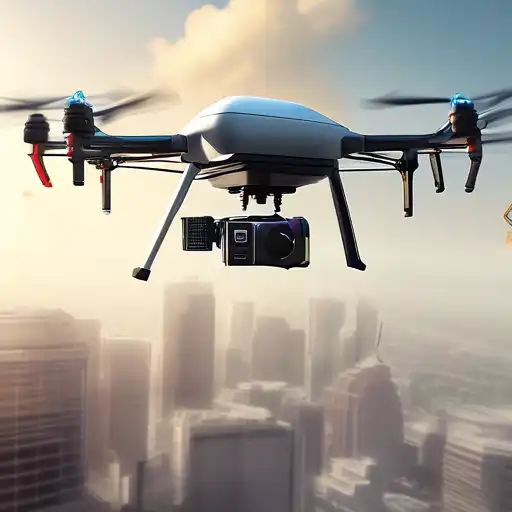The Rise of Commercial Drones
Commercial drones, also known as unmanned aerial vehicles (UAVs), have transformed the way businesses operate across various industries. From agriculture to real estate, drones offer unparalleled opportunities for efficiency, safety, and innovation. This article delves into the burgeoning world of commercial drones, highlighting the opportunities they present and the regulatory framework governing their use.
Opportunities Unleashed by Commercial Drones
The application of commercial drones spans a wide array of sectors. In agriculture, drones are used for crop monitoring, spraying, and surveying, significantly reducing labor costs and increasing productivity. The construction industry benefits from drones through site surveying, progress tracking, and inspecting hard-to-reach areas. Meanwhile, in the realm of delivery services, companies like Amazon and UPS are experimenting with drone delivery systems to revolutionize logistics.
- Agriculture: Precision farming, crop health monitoring, and irrigation management.
- Construction: Site mapping, progress monitoring, and safety inspections.
- Delivery Services: Fast and efficient package delivery, especially in remote areas.
- Photography and Videography: Aerial shots for real estate, events, and cinematography.
Navigating the Regulatory Landscape
As the use of commercial drones grows, so does the need for comprehensive regulations to ensure safety and privacy. In the United States, the Federal Aviation Administration (FAA) oversees drone operations, requiring operators to obtain a Part 107 certification for commercial use. Regulations cover aspects such as flight altitude, no-fly zones, and operator certification. Similarly, the European Union Aviation Safety Agency (EASA) has established a framework for drone operations across its member states, emphasizing safety, security, and privacy.
Key regulations include:
- Registration of drones above a certain weight.
- Restrictions on flying near airports and in populated areas.
- Requirements for operator training and certification.
- Privacy laws governing data collection and usage.
Future Prospects and Challenges
The future of commercial drones is bright, with advancements in technology paving the way for more sophisticated applications. However, challenges such as airspace congestion, privacy concerns, and the need for global regulatory harmonization remain. Businesses looking to integrate drones into their operations must stay informed about the latest developments in drone technology and regulations to fully leverage their potential.
For those interested in exploring drone technology further, consider reading our article on The Future of Drone Technology, which provides insights into upcoming innovations and trends.
Conclusion
Commercial drones offer a wealth of opportunities for businesses willing to navigate the regulatory landscape. By understanding the potential applications and adhering to legal requirements, companies can harness the power of drones to gain a competitive edge. As the technology evolves, staying ahead of regulatory changes and technological advancements will be key to success in the dynamic world of commercial drones.
